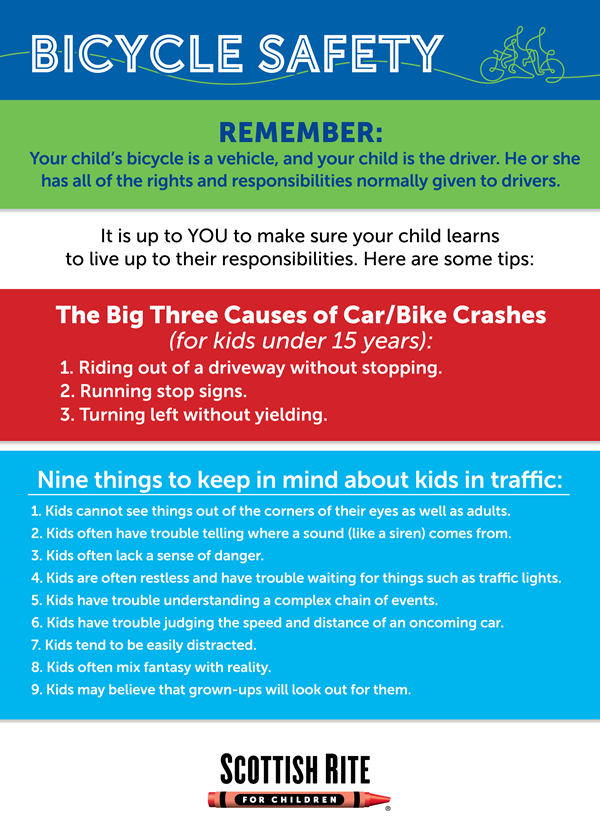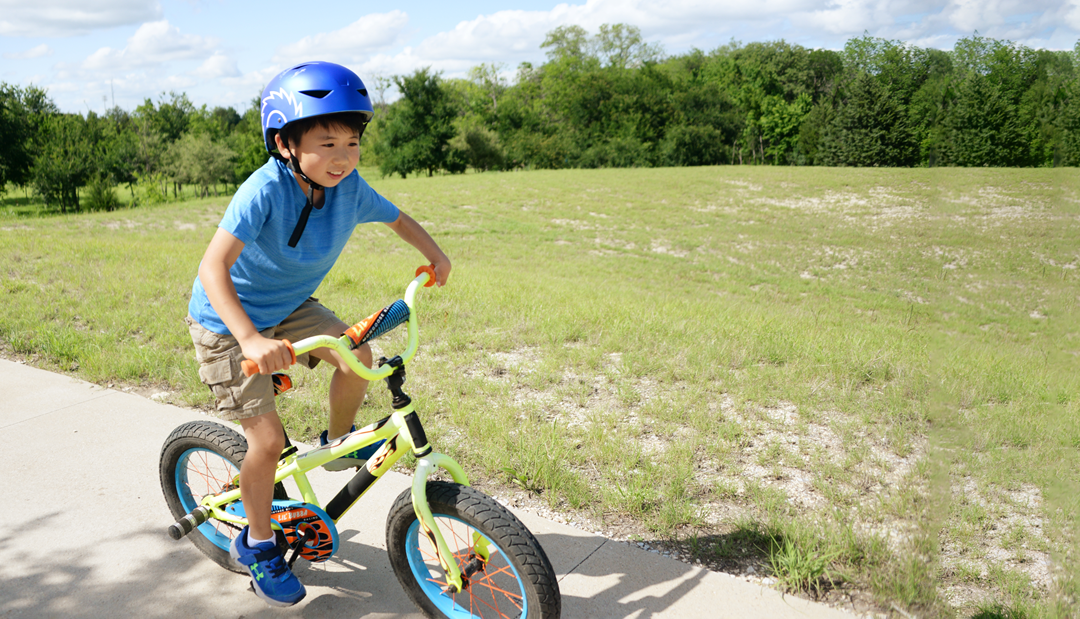“Biking is a low-impact resistance exercise that is great for building muscles, improving coordination and increasing mobility, but just like any physical activity, biking comes with risks. Bruises and minor cuts are usually the leading types of injuries involving bicycles, followed by fractures, concussions, muscle strains and sprains. You can significantly lower that risk by taking safety precautions and following the rules of the road,” said Amy L. McIntosh, M.D., FAAOS, orthopedic surgeon, and spokesperson for the American Academy of Orthopaedic Surgeons (AAOS).
May is National Bicycle Safety Awareness Month, which serves as a reminder of the importance of bicycle safety all year long. The AAOS shares the following information about bicycle injury prevention and strategies for how you and your family can stay safe.
There were more than 325,000 preventable bike-related injuries in the U.S. in 2020, according to the National Safety Council (NSC). Bruises and minor cuts are usually the leading types of injuries involving bicycles, followed by fractures, muscle strains and sprains. However, serious injuries, including death, do occur. According to the NSC, there were nearly 1,260 preventable bicycle-related deaths in 2020.
Helmet safety
No matter what your age or level of experience, you should wear a helmet every time you bike. Cuts, bruises and even broken bones will heal, but damage to your brain can be permanent. Even a low-speed fall can result in serious head injury.

When choosing a helmet, make sure it is:
- Snug — It should not slide from side-to-side or front-to-back.
- Level — It should be square on top of your head, covering the top of the forehead. It should not tilt in any direction.
- Stable — The chin strap keeps the helmet from rocking in any direction. Chin straps should be replaced if any part of the buckle breaks. Otherwise, a helmet may fly off in an accident.
Road safety rules
When biking, it’s important to be aware of your surroundings and follow the rules of the road. Start by familiarizing yourself with the bicycle rules of the road in your city or state, and do not ride if you are looking at your phone or mobile device. Pull over to the side to change your music, check your map or answer a call. Ride in the direction of traffic and always follow traffic signs and lights. Signal your turns or your intentions so that drivers can anticipate your actions, and if you are riding with others, ride in single file.
“Staying alert and aware of your surroundings — even when traffic appears light — can help bicyclists to prevent musculoskeletal injuries,” added Dr. McIntosh.
Choose bike routes wisely
Avoid riding on high-traffic roads and instead select streets with fewer and slower cars. Whenever possible, choose streets with designated bicycle lanes. If there is not a bicycle lane, ride on the right shoulder of the road. When a street lane is too narrow for a vehicle and bicycle to safely ride side by side, or if there are several parked cars on the street, you will need to join traffic and ride toward the center of the road.
Pace yourself and prevent injuries
Cycling can be vigorous exercise, so make sure you are fit enough to participate before you start pedaling. Make sure you understand how to use the gears on your bike to help control your physical exertion level. Additionally, change riding positions periodically to reduce stress on pressure points and avoid overstressing muscles. Finally, stay hydrated by bringing water, especially on longer rides.
Supervise young riders
Whether it’s their first ride or they’ve been cycling for a few years, younger riders benefit from someone watching and advising them. Younger children or people just learning to ride should only do so away from moving vehicles and traffic. New riders may need reminders to avoid distracted cycling.
Visit the AAOS Newsroom to learn more about bike safety, injury prevention and find musculoskeletal facts and figures.

